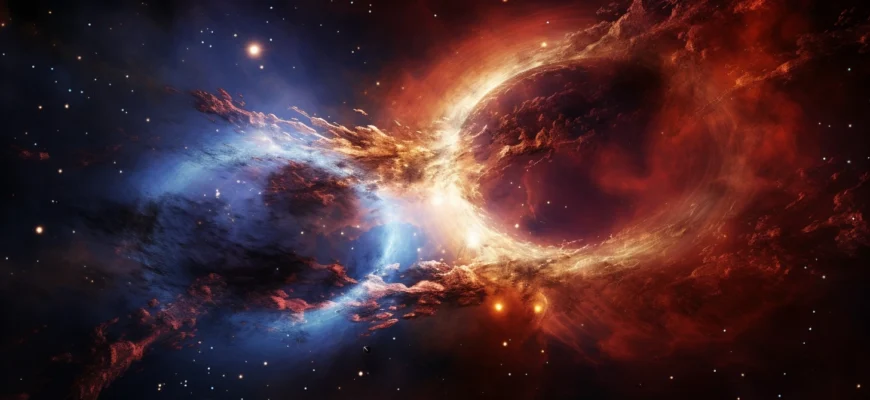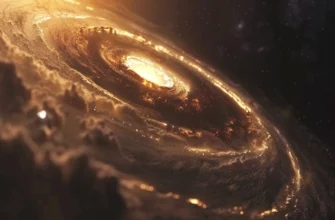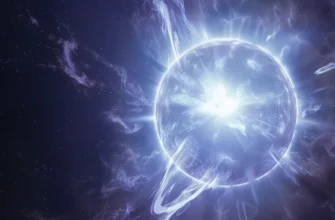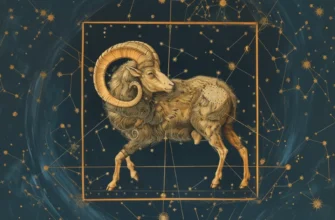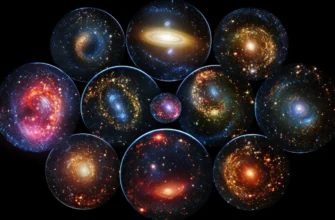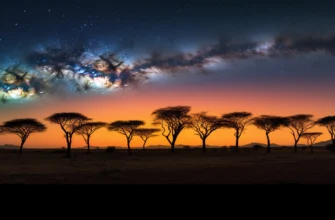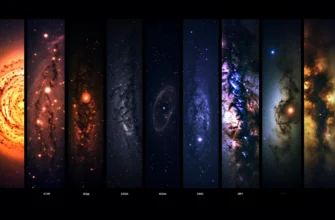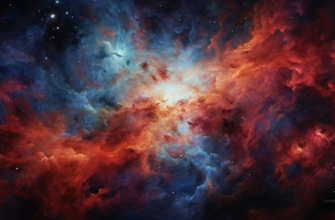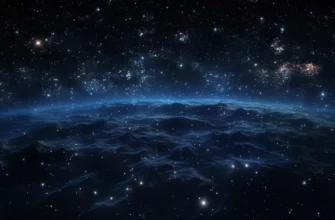Andromeda collision – prepare for an epic cosmic merger billions of years in the making. The Milky Way and Andromeda galaxies are on a collision course that will dramatically reshape our night sky.
The March Towards Impact

Our Milky Way and neighboring Andromeda galaxy are both part of the Local Group of galaxies gravitationally bound to one another. Andromeda, also known by its scientific name M31, is the largest and most massive galaxy in the Local Group.
“M31 is approximately 2.5 million light-years from Earth and gets its name from the area of the sky in which it appears, the constellation of Andromeda.”
At a staggering 140,000 light-years across, Andromeda is over twice as wide as our 100,000 light-year wide Milky Way. And it’s barrelling towards us at 402,336 km/h.
“The galaxies are rushing together at speeds fast enough to travel from Earth to the Moon in just over a minute.”
Inevitably, the two titanic galaxies will collide in an epic crash reshaping the heavens.
Closing the Gap
Current measurements indicate Andromeda and the Milky Way are separated by 2.5 million light-years. But even with the enormous distances involved in intergalactic space, that gap is rapidly closing:
| Timeframe | Distance Separating |
|---|---|
| Present day | 2.5 million light-years |
| 4 billion years | Widest approach – 3.75 million light-years |
| 5.5 billion years | ~1 million light-years |
| 8 billion years | collision begins |
Models suggest the Milky Way and Andromeda will appear in each other’s night skies around 3.75 billion years from now – when our Sun becomes a swollen red giant star.
Another 4.5 billion years will see Andromeda balloon to fill most of the night sky before the galaxies interpenetrate one another and gravitational forces disrupt their structures to spark frenzied bursts of star formation.
Previewing the Andromeda Collision Course
Andromeda collision will be so distant that only telescopes reveal the grand spiral galaxy’s glowing form and structure. But even now we can preview the dynamics and facets of the galaxies’ ultimate collision.
Blueshifted Invasion
The Doppler effect describes how wave frequencies appear higher pitched when their source moves closer. Light waves exhibit the same phenomenon – shifting bluer as their source approaches. Stars and gases along Andromeda’s leading edge exhibit blueshifts revealing the galaxy’s inexorable motion towards the Milky Way at 402,336 km/h:
Andromeda’s stars don’t move independently. They all follow the movement of the galaxy itself – falling through space towards the Milky Way in a kind of blueshifted invasion.
These blueshifted stars and gases provide an eerie preview of Andromeda’s impending collision from 2.5 million light-years away.
Galaxies Already Overlapping
While the Milky Way and Andromeda’s luminous stellar disks won’t meet for billions of years, their outermost suburbs of sparse stars and globular clusters are already overlapping and intermingling:
Andromeda’s dark matter halo – the invisible, distributed mass that makes up over 80% of the galaxy’s gravitational pull – is colliding with our own right now.
This overlapping of diffuse outskirts constitutes the first delicate phases of the galaxy Andromeda collision – over 2 million years before the dramatic close passage and merging of stellar disks signaled in Andromeda’s blueshift.
The Andromeda Collision Sequence

Current astrophysical models outline the galaxies’ step-by-step Andromeda collision sequence over billions of years:
- Distant Passage – In 3.75 billion years Andromeda passes closest to the Milky Way at a distance of 500,000 light years – close enough to loom incredibly large in our night sky. The galaxies’ dark matter haloes may produce fireworks of star formation.
- Second Approach – In 4.5 billion years Andromeda begins penetrating the Milky Way’s disk. Its gravity ignites fierce turbulence and triggers intense star and planet formation.
- Galactic Overlap – In 5.5 billion years the disk and spiral arms of Andromeda and the Milky Way begin interpenetrating one another. Explosive star formation morphs their appearance.
- Coalescence – In 6 billion years the galactic cores merge. Black holes shock the merging galaxies, spraying stars outward in huge tidal tails. An elliptical galaxy forms.
- Stabilization – In 8 billion years the newly merged galaxy settles down into a more spherical shape – 150% the Milky Way’s current stellar mass. Star formation gradually declines but continues for billions of years longer.
Let’s examine a few milestones of the impending the great Andromeda collision more closely.
Looming Large in 3.75 Billion Years
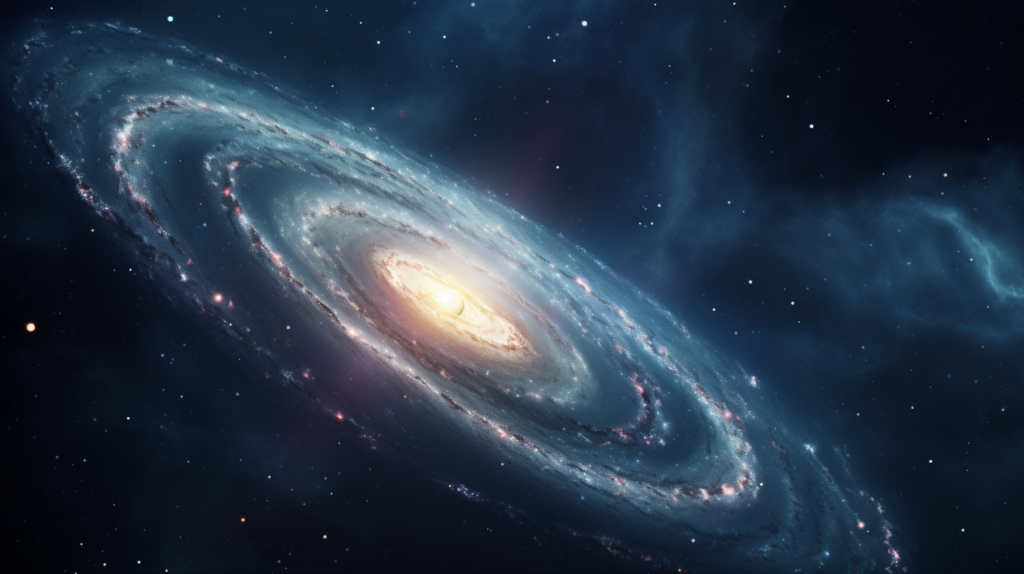
Current night sky simulations show Andromeda collision stars and nebular gases will stretch at least 20∘ across – 40 times wider than the full Moon. Such a striking sight would easily be visible to our ancient hominid descendants:
Even more intriguingly, the passage may trigger enhanced star and planet formation. The Milky Way’s dark matter halo will gravitationally interact with Andromeda’s own, creating turbulence and shocks.Those shock waves will likely cause hydrogen clouds in Andromeda and the Milky Way to collapse under gravity into new stars.
So our distant descendants may witness peculiar bursts of new star formation heralding Andromeda’s looming collision approach.
Explosive Turbulence in 4.5 Billion Years
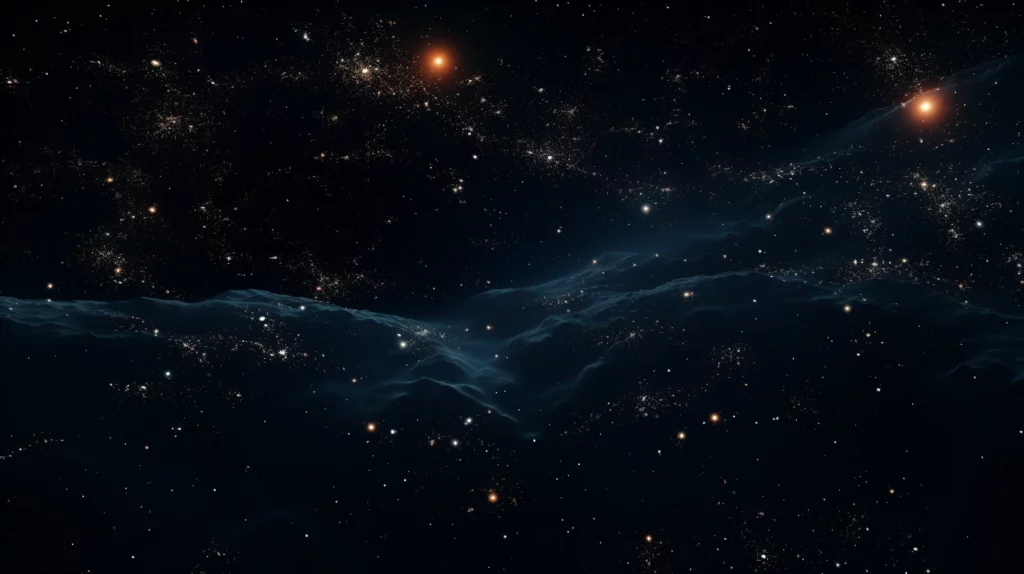
Half a billion years after its closest passage, Andromeda will penetrate the Milky Way’s stellar disk edge-on before cutting through the galactic plane itself on the way towards our core region:
Such an audacious invasion triggers extreme gravitational tides and turbulence across both galaxies’ structures. Enormous waves of star formation explode – especially along the galaxies’ intersecting disk planes in such compressed regions: When Andromeda slams into the Milky Way, more than 800 solar masses of stars could form every year across the merging galaxies. That’s at least four times the rate of stellar birthing in our Milky Way currently
So our Solar System’s descendants would witness chaotic yet dazzling fireworks as Andromeda slices through the Milky Way – triggering stellar baby booms and reshaping galactic geography.
An Elliptical Formed From Spiral Remains
The cosmic mayhem reaches an apex around 6 billion years from now. Andromeda and the Milky Way’s cores overlap and eventually coalesce, culminating in violent tidal forces:
Figure 3. Tidal tails formed from merging galactic cores.
Shockwaves from the merging supermassive black holes and dense concentration of stars fling out great sprays of stars, gas and dust in long tidal streams stretching over millions of light years: The most striking feature of Andromeda collisions is that they produce tidal tails: elongations of luminous matter produced by strong tidal forces during close interactions.
These spectacular tidal tails are the most visible markers of galactic transformation. The Milky Way and Andromeda’s elegant spiral structures become unrecognizable as an elliptical galaxy forms from their combined remains.
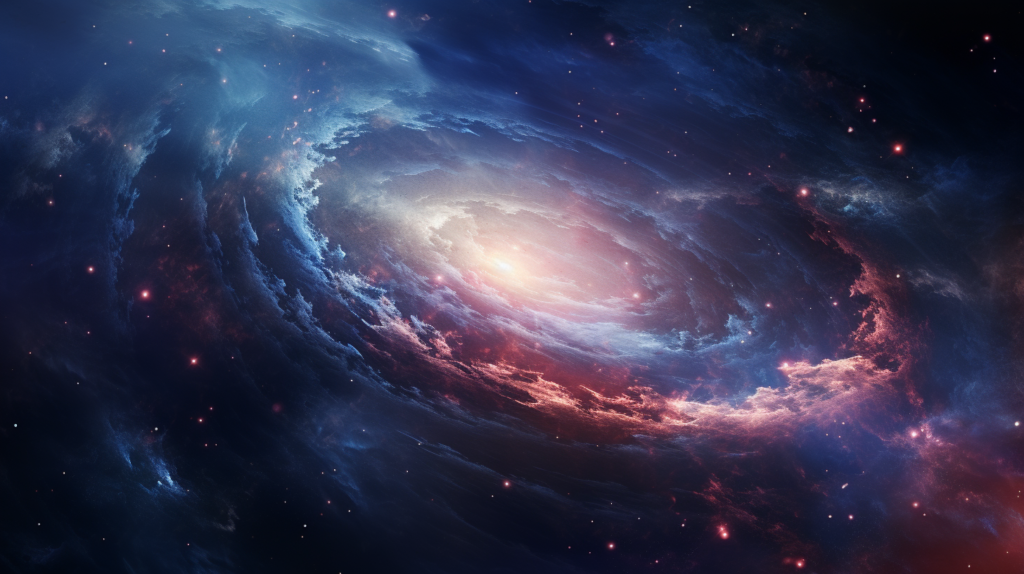
Conclusion
We are fortunate to have front row seats to an astrophysical spectacle – the fateful Andromeda collision between the Andromeda and the Milky Way unfolding over billions of years.
The epochs ahead will transform our stellar island beyond recognition – but may also spawn new planets and ignite star formation on an unprecedented scale. It’s just one episode in the 14 billion year cosmic drama that has birthed stars, planets and life itself.
What an incredible universe we inhabit, to collide galaxies and watch new suns born from their redwoods.

